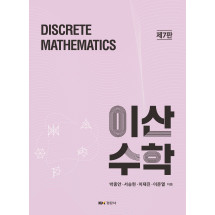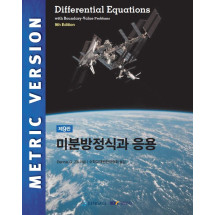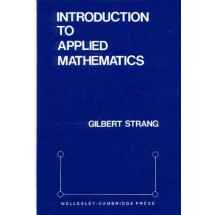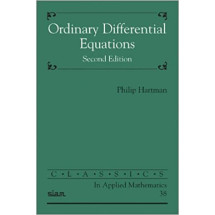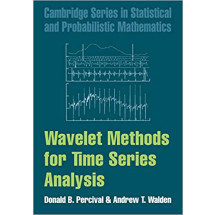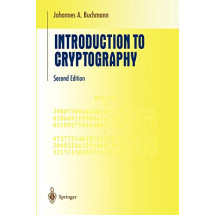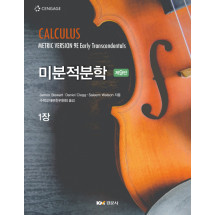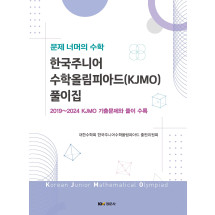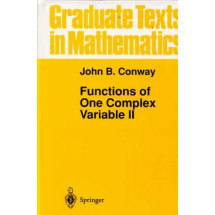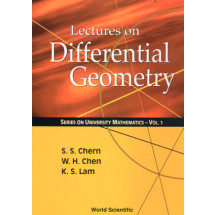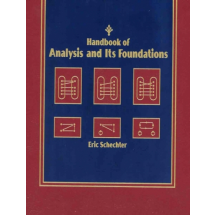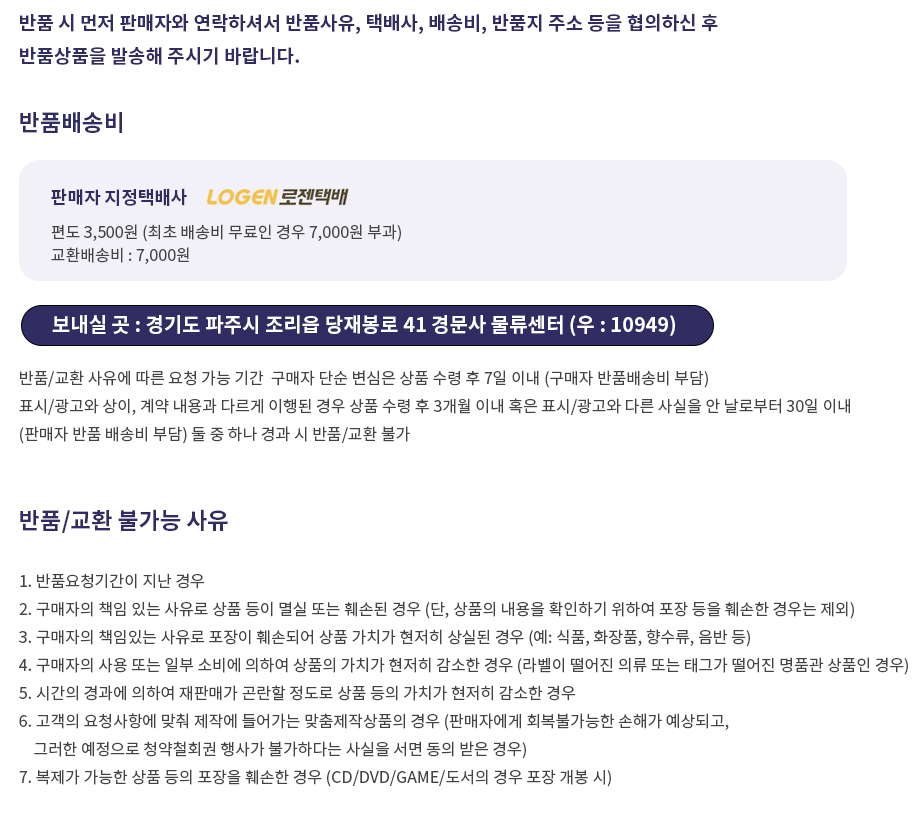Algorithm DesignJon Kleinberg and Eva Tardos
Table of Contents
1 Introduction: Some Representative Problems
1.1 A First Problem: Stable Matching
1.2 Five Representative Problems Solved Exercises Excercises Notes and Further Reading
2 Basics of Algorithms Analysis
2.1 Computational Tractability
2.2 Asymptotic Order of Growth Notation
2.3 Implementing the Stable Matching Algorithm using Lists and Arrays
2.4 A Survey of Common Running Times
2.5 A More Complex Data Structure: Priority Queues
Solved Exercises Exercises Notes and Further Reading
3 Graphs
3.1 Basic Definitions and Applications
3.2 Graph Connectivity and Graph Traversal 3.3 Implementing Graph Traversal using Queues and Stacks 3.4 Testing Bipartiteness: An Application of Breadth-First Search 3.5 Connectivity in Directed Graphs 3.6 Directed Acyclic Graphs and Topological Ordering Solved Exercises Exercises Notes and Further Reading
4 Divide and Conquer 4.1 A First Recurrence: The Mergesort Algorithm 4.2 Further Recurrence Relations 4.3 Counting Inversions 4.4 Finding the Closest Pair of Points 4.5 Integer Multiplication 4.6 Convolutions and The Fast Fourier Transform Solved Exercises Exercises Notes and Further Reading
5 Greedy Algorithms 5.1 Interval Scheduling: The Greedy Algorithm Stays Ahead 5.2 Scheduling to Minimize Lateness: An Exchange Argument 5.3 Optimal Caching: A More Complex Exchange Argument 5.4 Shortest Paths in a Graph 5.5 The Minimum Spanning Tree Problem 5.6 Implementing Kruskal's Algorithm: The Union-Find Data Structure 5.7 Clustering 5.8 Huffman Codes and the Problem of Data Compression*5.9 Minimum-Cost Arborescences: A Multi-Phase Greedy Algorithm Solved Exercises Excercises Notes and Further Reading
6 Dynamic Programming 6.1 Weighted Interval Scheduling: A Recursive Procedure 6.2 Weighted Interval Scheduling: Iterating over Sub-Problems 6.3 Segmented Least Squares: Multi-way Choices 6.4 Subset Sums and Knapsacks: Adding a Variable 6.5 RNA Secondary Structure: Dynamic Programming Over Intervals 6.6 Sequence Alignment 6.7 Sequence Alignment in Linear Space 6.8 Shortest Paths in a Graph 6.9 Shortest Paths and Distance Vector Protocols *6.10 Negative Cycles in a Graph
Solved Exercises Exercises Notes and Further Reading
7 Network Flow 7.1 The Maximum Flow Problem and the Ford-Fulkerson Algorithm 7.2 Maximum Flows and Minimum Cuts in a Network 7.3 Choosing Good Augmenting Paths *7.4 The Preflow-Push Maximum Flow Algorithm 7.5 A First Application: The Bipartite Matching Problem 7.6 Disjoint Paths in Directed and Undirected Graphs 7.7 Extensions to the Maximum Flow Problem 7.8 Survey Design 7.9 Airline Scheduling 7.10 Image Segmentation&nbs


